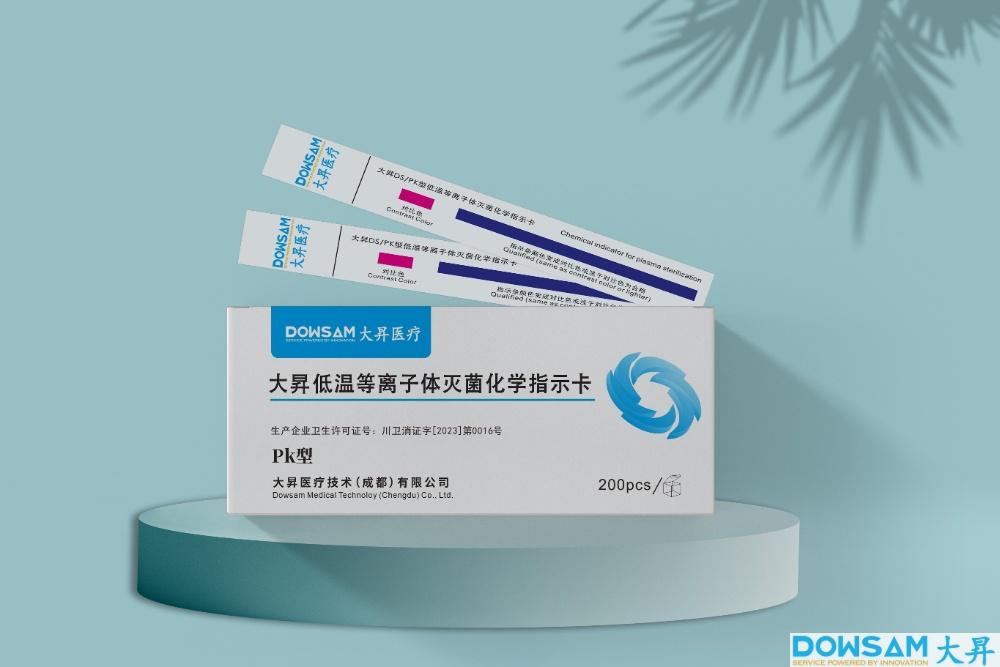Ethylene Oxide Sterilization vs. Low-Temperature Plasma Sterilization: Case Studies on Transformation and Compliance Practices for Medical Sterilization Technology in the United States by 2025
[Compliance Storm of 2025: Dual Challenges for Ethylene Oxide Sterilization]
In January 2025, the U.S. Environmental Protection Agency (EPA) implemented new ethylene oxide (EO) emission limits, reducing the safety threshold for nearby communities from 1 ppm to 0.1 ppm. This policy has significantly altered the sterilization technology landscape, which had remained unchanged for decades. Concurrently, the U.S. Chemical Safety and Hazard Investigation Board (CSB) reissued its report on the Sterigenics International Inc. EO explosion incident, revealing that the severe accident in 2004, which injured four people, was due to the flammability and explosiveness of EO gas combined with human error. Under dual pressures, the U.S. medical sterilization market is undergoing its most profound technological transformation since the widespread adoption of steam sterilization. Low-temperature plasma sterilization technology, with its environmental benefits and efficiency potential, saw its market share increase by 4.2 percentage points in the first quarter of 2025 compared to the previous year, reaching a record high of 28.7%.
[Technical Principles and Core Parameters Comparison: From Laboratory Data to Clinical Practice]
Ethylene Oxide Sterilization: Advantages and Limitations of a Mature Technology
As a classic low-temperature sterilization technique used for over 50 years, ethylene oxide kills microorganisms by alkylating their DNA, achieving a 6-log kill rate (ISO 11135 standard). Typical sterilization parameters include temperatures ranging from 37-63°C, concentrations of 450-1200 mg/L, and sterilization times of 1-6 hours, followed by a 7-14 day aeration period for off-gassing, making the entire cycle last up to three weeks. Its main advantage lies in its excellent material compatibility and penetration, allowing it to sterilize instruments within sealed packaging and complex tubular structures, which is why 50% of U.S. medical devices still rely on EO sterilization.
However, EO's toxicity label (Group 1 carcinogen according to IARC) and explosive risk (explosive limits 3%-100%) impose strict usage limitations. The Occupational Safety and Health Administration (OSHA) sets an 8-hour occupational exposure limit of 1 ppm, but even with single-dose EO cylinder systems, leaks are difficult to entirely avoid. More problematic is the significant EO residue emissions during the off-gassing phase. According to Cleveland Clinic cost analysis, a hospital with 500 beds spends over $500,000 annually on EO emissions management, excluding potential legal risks.
Low-Temperature Plasma Sterilization: Efficiency Revolution and Technical Bottlenecks
Low-temperature sterilization technologies, represented by hydrogen peroxide plasma, have been commercially available in the U.S. since 1993 and have become the primary alternative to EO after 30 years of development. The core technology involves using radiofrequency energy to convert 6-8 mg/L of hydrogen peroxide into plasma, utilizing hydroxyl radicals' strong oxidative properties to destroy microbial cells, completing the sterilization cycle in just 55-72 minutes, with no chemical residues, allowing immediate use of the instruments. In July 2023, the FDA officially recognized the ISO 22441:2022 standard, removing regulatory barriers for the widespread application of low-temperature plasma sterilization in medical devices.
The advantages of low-temperature plasma sterilization are particularly evident in scenarios requiring high timeliness. A case study at Johns Hopkins Hospital showed that using the Johnson & Johnson STERAD NX100 system for laparoscopic instruments reduced the sterilization cycle from seven days with EO to 1.5 hours, increasing the daily usage frequency of each device.


